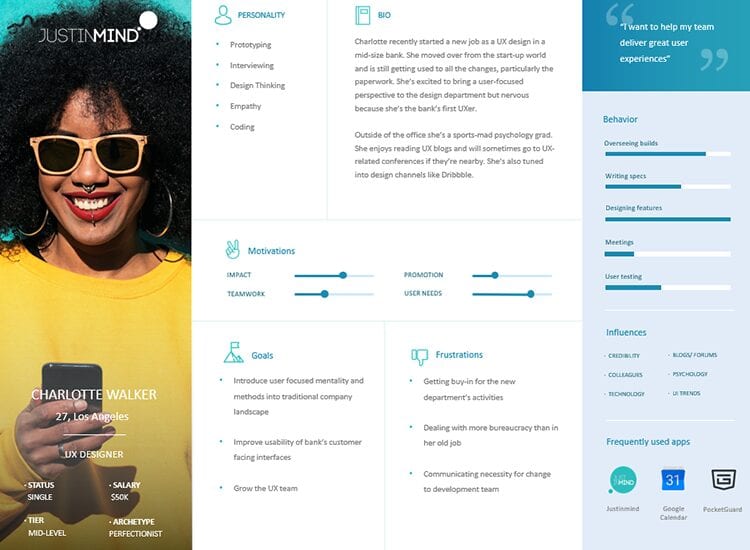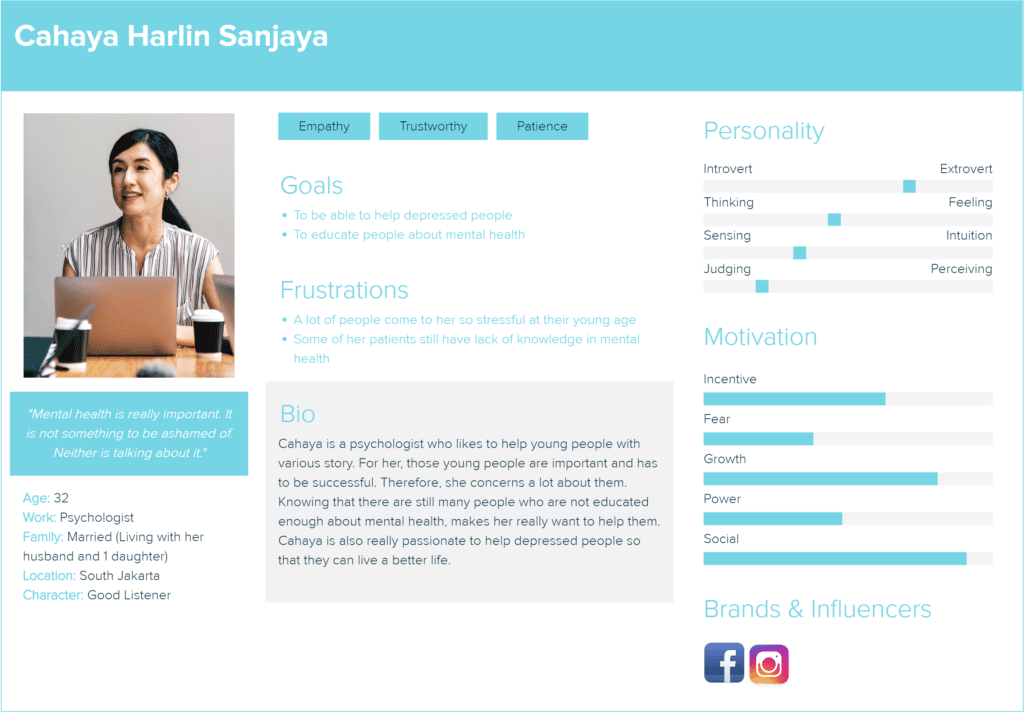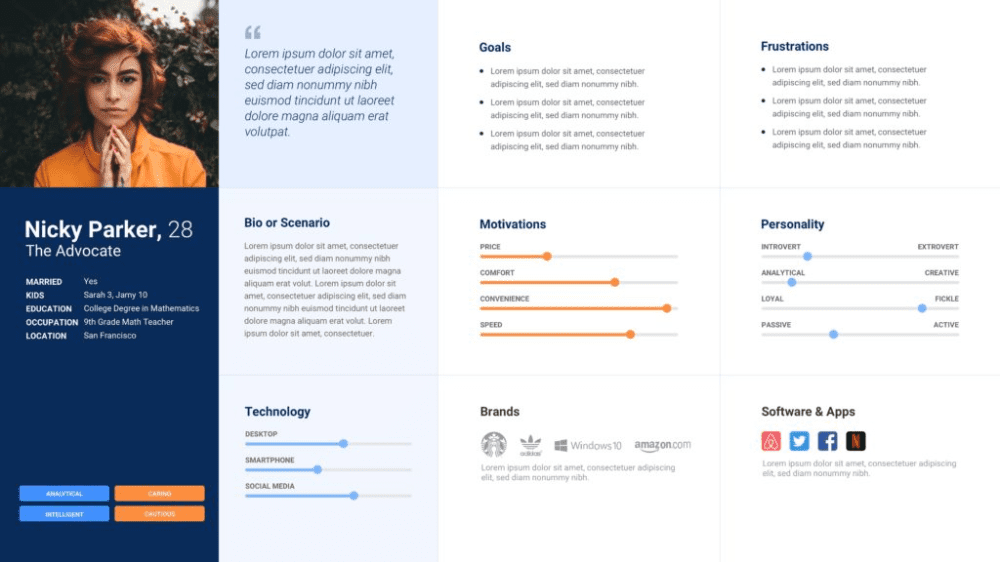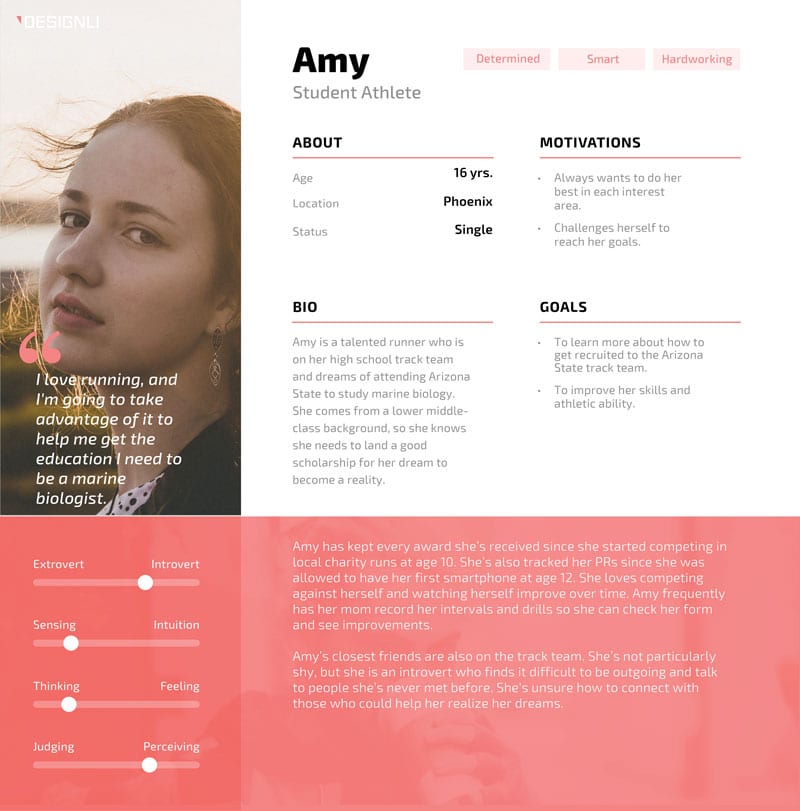What are user personas?
We should all be working from a user-centric focus, that much we know, but do we know who our users are? Broadly speaking, yes. There is a veritable smorgasbord of analytics tools and survey, testing, and feedback services to capture a snapshot of your target audience. Use them and you’ll have a pretty good, if a bit blurry, idea of who your audience is. Knowing aggregated data about broad trends in your user base such as age, economic status, personal interests, and location details can get you far. But, looking at all the data points can you say you know a user as a person?
That’s where user personas come in. A user persona is a fictionalized individual conjured up from the hard statistical data you’ve gathered about your user base. Imagine you are a social media manager for an online pet retailer. Would you have an easier time finding ways to reach out to middle class, college-educated women 25-45 who shop at PetSmart or Janet, a 33-year-old woman who works a full-time job and spends nights studying to get her master’s degree so shopping online for toys for her dog, Sanchez, is a necessity? Most people would pick Janet over a misty, half-formed idea of who they are writing a post for.
That is a bit of an on the nose example, but the principle stands. It is easier to design for your user when they are human to you, not just data and numbers. Then your inner monologue as you work can turn into “would Mike find this headline appealing?” When working with your design team your considerations can become more thoughtful with critiques like “I think Carol would not know she was supposed to click this link.”
User personas can never replace a deep well of analytics knowledge, and you can never create enough personas to represent all your users, but they are a helpful tool in your marketing and design toolbox.
Who should use user personas and why?
User personas got their start in the UI/UX field but have since spread to other areas of business such as marketing and anywhere it is useful to know how to reach the end-user (the person buying your product, reading the Facebook post, downloading your app, or visiting your website).
Having a few user personas gives you and your team something to work towards and gives them something to push off of that will push back. A vast and broad set of data points can often introduce a large amount of leeway into your thought process and almost any idea can find a redeeming reason to exist somewhere in the data. Personifying your users put some rails up to guide you towards a target, a real human being! Now you’re making reality-grounded decisions all the time!
How to make a user persona, and how not to
Before we go on to showing you how to set up a user persona let’s go over some dos and don’ts.
Don’t:
- Don’t make your user persona your dream customer. Imagining a person who already knows your brand, uses it, loves it, and whose only problem is finding out how can they use your brand more is not helpful.
- Don’t create a user persona to justify your thought process. It should be the other way around.
- Don’t feel you have to create a user persona to cover every user you could ever have.
Do:
- Do create people who feel real to you. They should have interests other than your brand and problems that you may have to think hard how to solve.
- Focus on diversity. While the main characteristics about your user persona should come from analytics don’t forget to include types of diversity that that kind of data often makes invisible. This can include cultural background, ethnicity, identity, and disability. Reaching out and including those from many sections of society advances all people.
- Do create around 2 to 5 user personas to cover the main tentpoles of your audience demographic.
Let’s make a user persona!
We will recommend a few basic things to include in your persona, but remember, there is no set formula. Depending on your brand, voice, business needs, and offering you may need to add or remove aspects of your persona’s character.
Let’s make a user persona to help us when creating social media campaigns for our online pet retail store.
Name
A good starting point. A rose by any other name, right?
We’ll go with “Brandon.“
Image
Put a face to the name. We’d argue this might the most important point. Don’t choose a fashion model’s photo. Remember, your user should look like someone you’d see at the corner coffee shop because… well, they probably are!


Age and Job Title
This can be easily picked from your analytics and basic knowledge you probably already have about your target audience. Age ranges, location, education levels, and interests can help you develop some believable ages and jobs.
Brandon is a 33-year-old delivery driver.
Description
Here is where it starts to get challenging. Who is your user as an individual? This should be brand adjacent, but not solely focusing on your brand. Avoid writing in a problem at this stage. We just want to get a feeling for who the persona is. Let’s go back to our example of managing social media for an online pet retailer. A helpful description would be:
Brandon is an outdoorsy type. He works as a delivery driver during the week and always takes off half an hour early on Fridays to hit the local state park. He loves hiking, camping, and fishing. The only thing Brandon likes better than being outdoors is being outdoors with his dog, Sandy.
Problems
Frame this as “what issue does the user have, even if they don’t know it, that we might be able to help with?” A helpful problem analysis for Brandon would be:
Brandon is always looking for toys, safety gear, and portable pet items so Sandy can comfortably go camping with him. His life behind the wheel means he does not have a lot of time to dedicate to shopping. Even online shopping has to be done on his phone in between deliveries.
Goals/Needs
What sorts of things would help with the issues raised in the “problems” section?” This section should be general and not brand-focused. Remember, the persona should not explicitly state how you are going to help the user, it is a tool to help with idea generation about how to help. A helpful goal/needs statement would be:
Brandon needs to ability to shop for pet goods from his phone on an online retailer that has filterable sections so he can easily and find items that will fit his and Sandy’s life.
Here is the user persona we’ve created
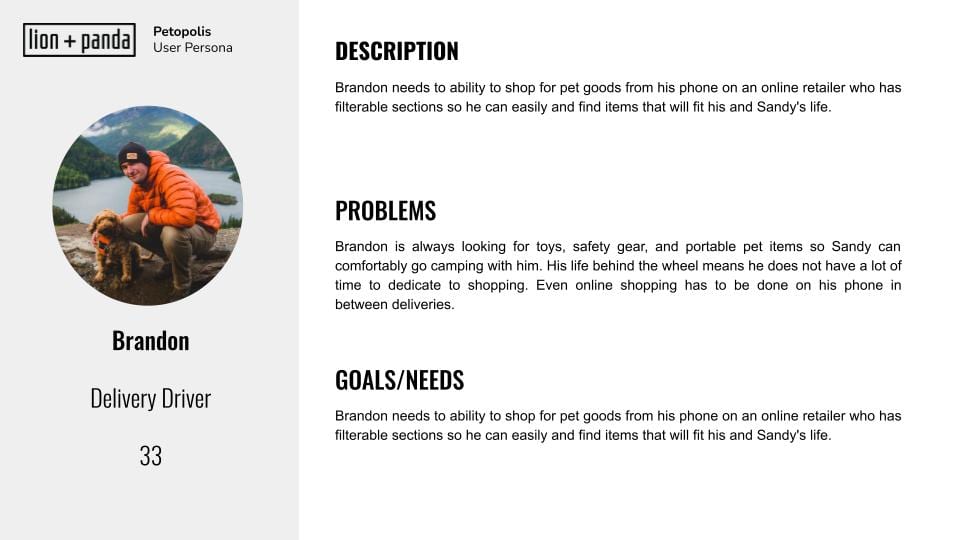

Given the above info about Brandon could you write any marketing content that would show the value of your online pet retail store? Your goal would not to write a campaign just for Brandon, but to use the very real-world scenario given to us by way of Brandon to help us create a campaign that draws the attention of busy, on-the-go pet owners.
Make if flexible
We’ve made a very simple and quick user persona but you can expand it and alter it endlessly to fit your needs. Depending on your offering you may need to include data points about your persona such as technical ability, personality type breakdowns, preferred technology, online habits, etc. Just remember, keep it real, design for real people.
Some Great Examples
